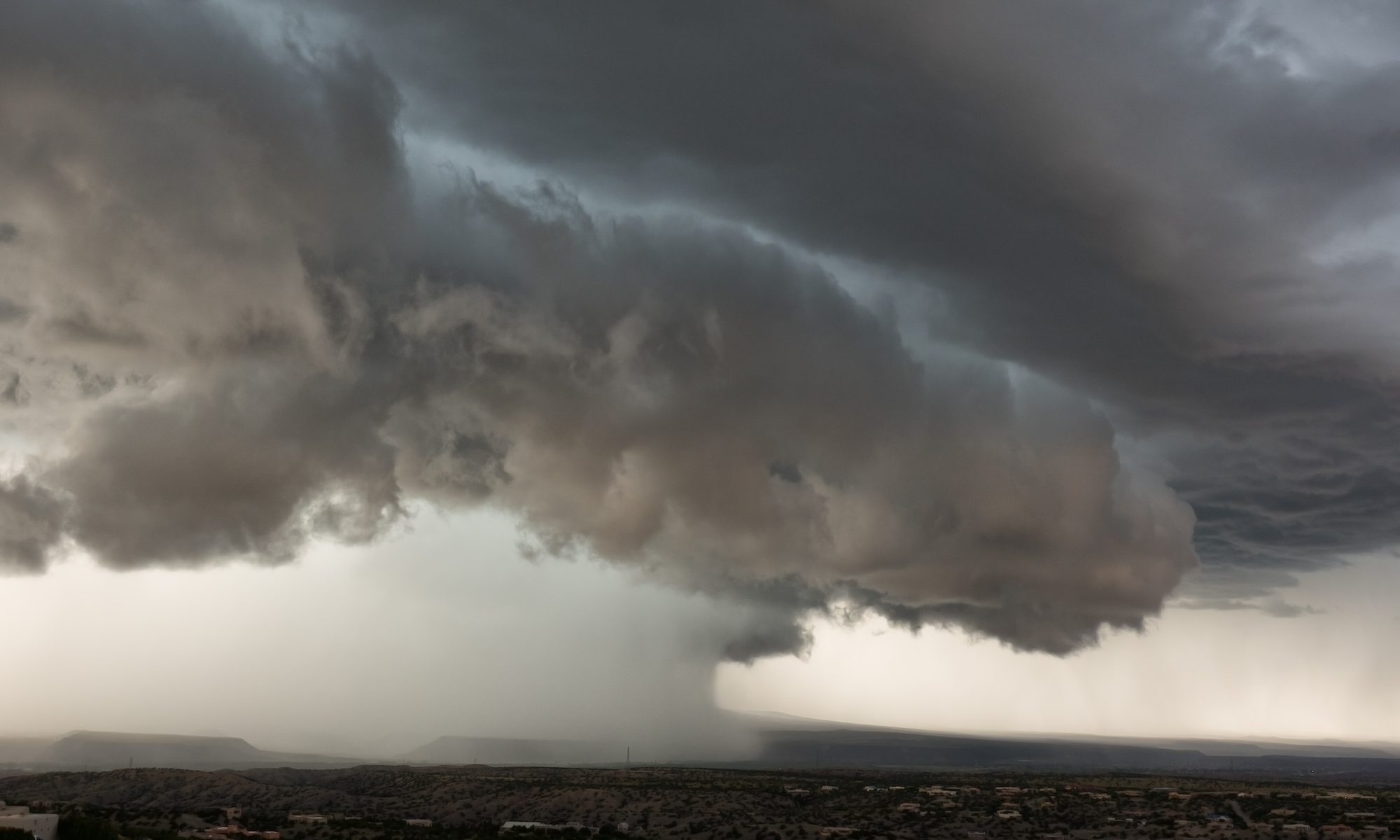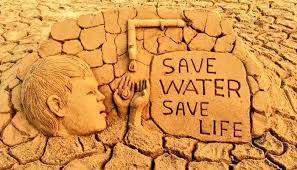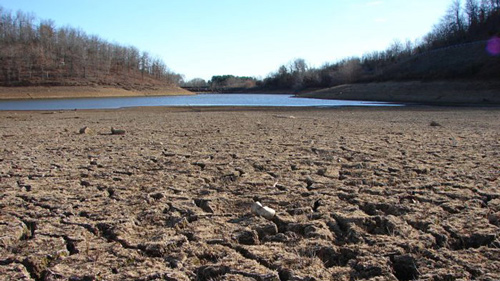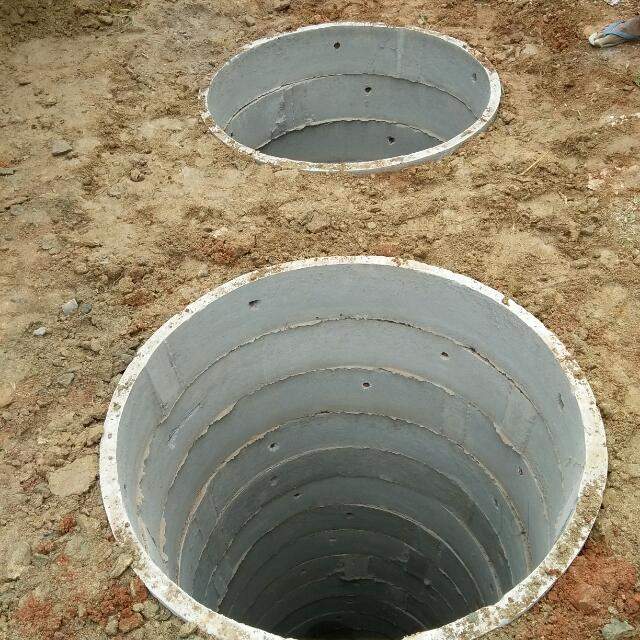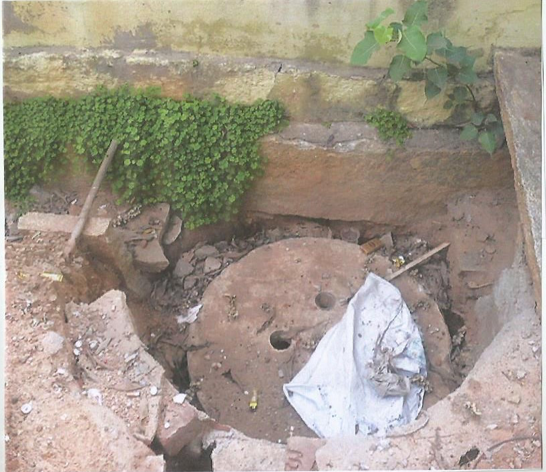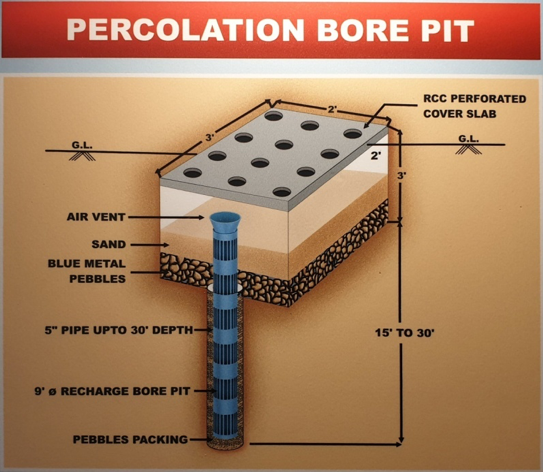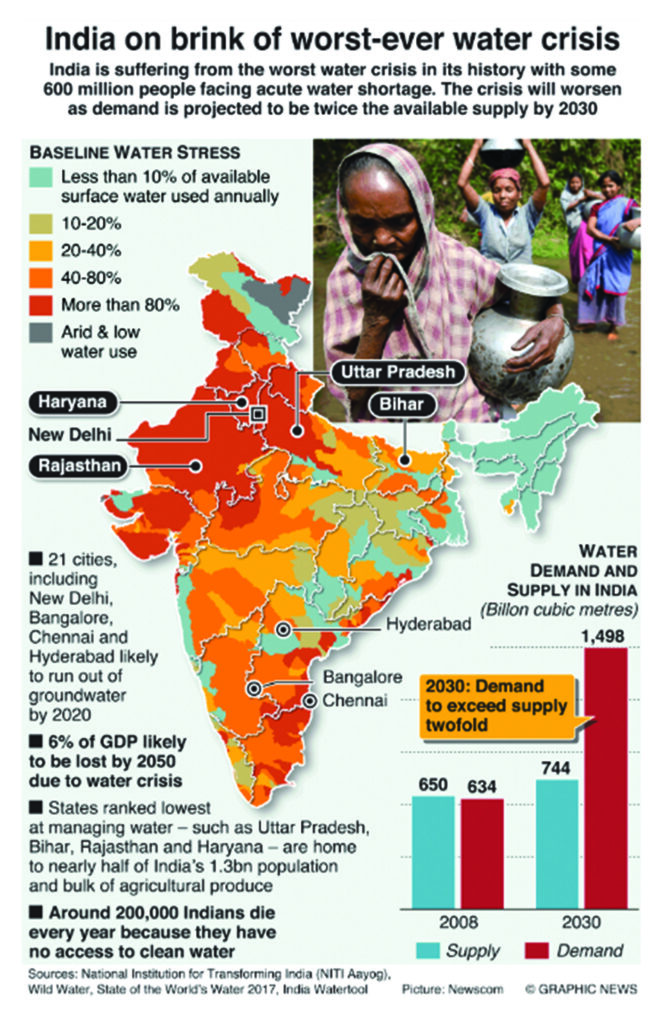We at SILVERON have been getting regular emails from people who have received notices from government departments because their properties lack proper Rain Water Harvesting (RWH) systems.
Since awareness & outreach about water conservation is an important mission for SILVERON, we often guide people, free of cost and to the best of our capabilities, on ways in which they could implement simple and affordable RWH systems.
One such email that we received lately was from a retired person from Bhilai who on a subsequent telephonic conversation narrated a distressing tale of bureaucratic harassment that is not uncommon.
This gentleman has a small residential house and usual financial constraints of a pensioner. He has been struck with a financial penalty for not constructing a RWH system in his plot and has been threatened that this penalty amount will be increased each year if he does not construct a rainwater harvesting system.
The recommended contractor gave an estimate of Rs. 70,000. He doesn’t have that kind of money to spare and has no knowledge about how to do RWH on his property.
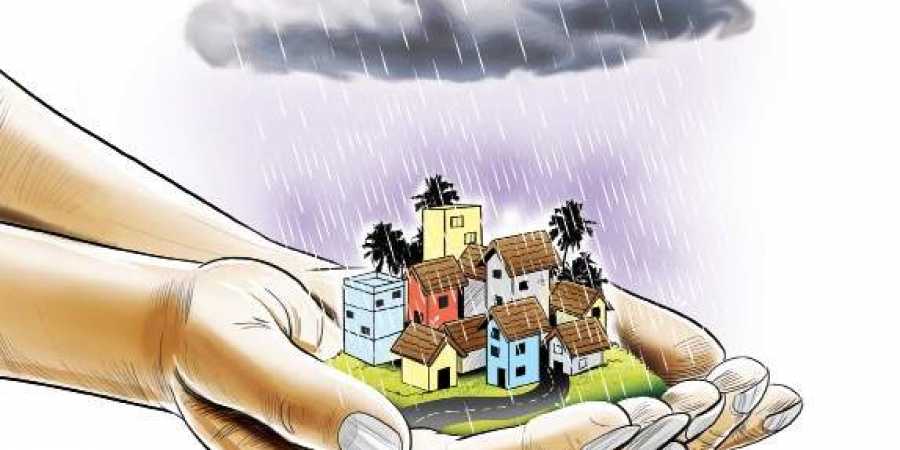
This is the sad reality where the whole burden of doing rainwater harvesting, water conservation and ground water recharge has fallen upon individual citizens with meager resources and no expertise in the field.
There is no doubt that the water crisis with rapidly declining groundwater levels is a serious issue of our times. However, our government agencies and civic bodies either ignore this problem completely or shrug it off on to individual citizens.
Consider a scenario where in response to an enemy attack on a country, the government instead of deploying trained armed forces, calls upon only untrained civilians to buy weapons with their savings, move to the battlefield and fight the enemy. The outcome will be complete chaos and defeat.
Consider for a moment, if a nation’s economy faces recession & unemployment and the government instead of taking appropriate fiscal and policy measures simply orders ordinary citizens to become entrepreneurs and provide employment to others while putting fines on those who cannot take such risks. The outcome will be an irreparably broken national economy.
Like the above scenarios, when it comes to environmental issues and the climate crisis our governments cannot simply ignore their responsibility and pass the buck onto ordinary citizens. It is also the government’s responsibility to protect our natural resources, provide clean air and water to the citizens.
Starting with the Ministry of Water Resources, central & state ground water authorities, local municipalities and public health departments – all have the authority and resources to fulfill their prime responsibility of providing adequate quantity of high-quality water to every citizen.
The ground water table has not reached these precarious levels over night. It has declined every year. Region after region has gradually slipped from safe to critical to being marked as notified.
Authorities have looked the other way when rampant over exploitation of water resources has been continued unabated. Even when this problem has reached crisis proportions, these agencies have been unable to formulate an effective plan or put adequate rainwater harvesting infrastructure in place in order to arrest the decline of water table for decades.
However now the system suddenly wakes up and decides to make ordinary citizens, such as the gentlemen from Bhilai, do what the government machinery should have done for a long time.
Every expert in the realm of water conservation knows that rainwater harvesting is a site-specific effort and to do successful rainwater harvesting one needs various site-specific data-points such as the geophysical report, knowledge of topography, existing water table levels etc.
Hence, without providing any required inputs, structural designs or financial support and simply pressurizing untrained citizens to construct RWH structures on their properties is a meaningless & unscientific exercise.
Without hesitation one can compare this approach with the complete failure & ineffectiveness of the Chennai-model where people were forced construct rainwater harvesting structures that have had no positive impact of the groundwater table as the city remains critically water deficient during the dry season.
We have been trying to explain that rainwater harvesting is not simple and sooner than later water stands un-absorbed in most structures if these are built unscientifically. It is the job of experienced experts who know the science.
Ordinary tax paying citizens should be spared from the pressure of constructing rainwater harvesting infrastructure without any assessment, guidance, support and information from the concerned government agencies.
Their efforts may be pointless without large scale, scientifically built public infrastructure for doing Rain Water Harvesting. We need a macro vision.
